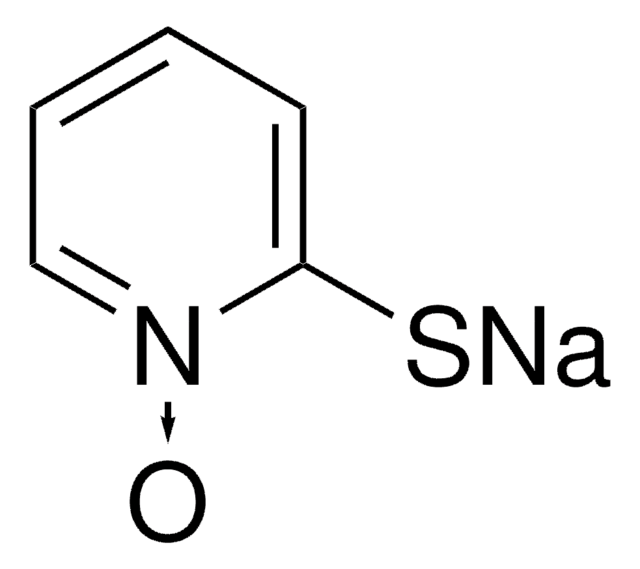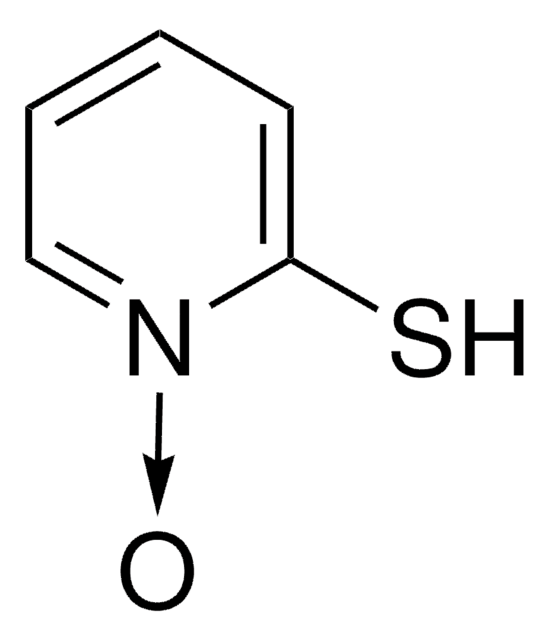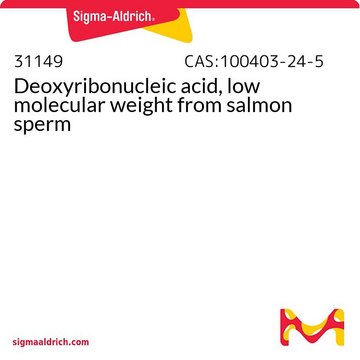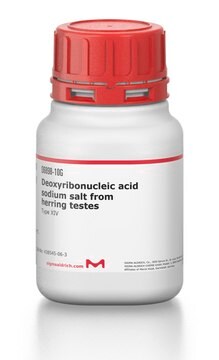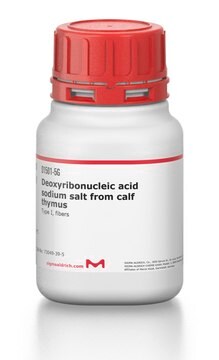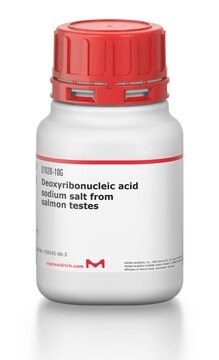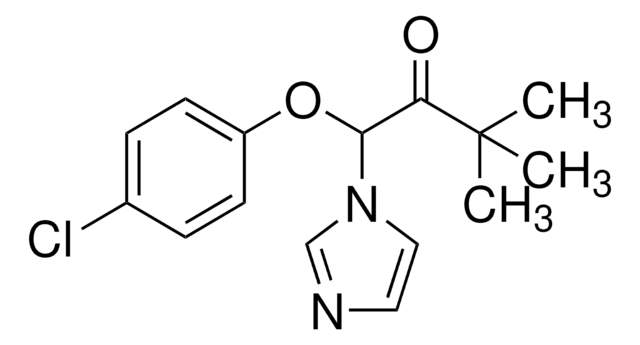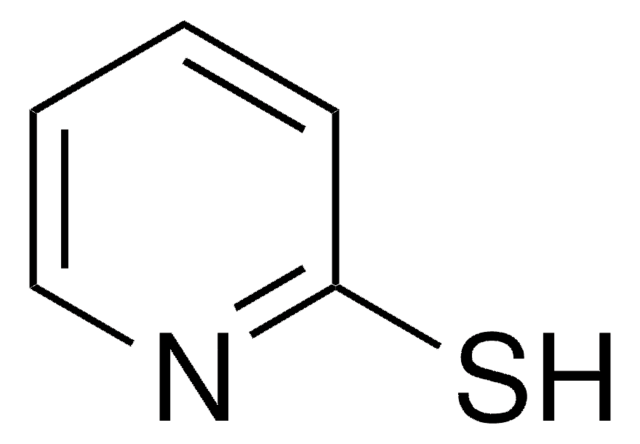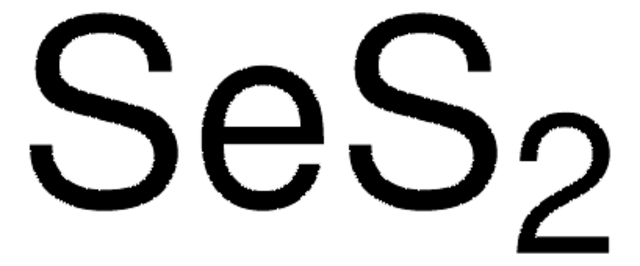H6377
1-Hydroxypyridine-2-thione zinc salt
≥95%
Synonym(s):
Mercaptopyridine N-oxide zinc salt, Pyrithione
About This Item
Recommended Products
Quality Level
Assay
≥95%
SMILES string
O1N2C=CC=CC2=[S][Zn]13ON4C=CC=CC4=[S]3
InChI
1S/2C5H5NOS.Zn/c2*7-6-4-2-1-3-5(6)8;/h2*1-4,8H;/q;;+2/p-2
InChI key
OTPSWLRZXRHDNX-UHFFFAOYSA-L
Looking for similar products? Visit Product Comparison Guide
Application
- Antimicrobial nanocoatings: The compound 1-Hydroxypyridine-2-thione zinc salt was evaluated for its efficacy in antimicrobial nanocoatings, showcasing its role in enhancing the performance of such coatings used in healthcare and industrial environments to prevent microbial contamination (Molling et al., 2014).
Signal Word
Danger
Hazard Statements
Precautionary Statements
Hazard Classifications
Acute Tox. 2 Inhalation - Acute Tox. 3 Oral - Aquatic Acute 1 - Aquatic Chronic 1 - Eye Dam. 1 - Repr. 1B - STOT RE 1
Storage Class Code
6.1A - Combustible acute toxic Cat. 1 and 2 / very toxic hazardous materials
WGK
WGK 3
Personal Protective Equipment
Regulatory Listings
Regulatory Listings are mainly provided for chemical products. Only limited information can be provided here for non-chemical products. No entry means none of the components are listed. It is the user’s obligation to ensure the safe and legal use of the product.
PRTR
Class I Designated Chemical Substances
ISHL Indicated Name
Substances Subject to be Indicated Names
ISHL Notified Names
Substances Subject to be Notified Names
JAN Code
H6377-10G:
H6377-VAR:
H6377-100G:
H6377-1G:
H6377-BULK:
Choose from one of the most recent versions:
Already Own This Product?
Find documentation for the products that you have recently purchased in the Document Library.
Customers Also Viewed
Our team of scientists has experience in all areas of research including Life Science, Material Science, Chemical Synthesis, Chromatography, Analytical and many others.
Contact Technical Service